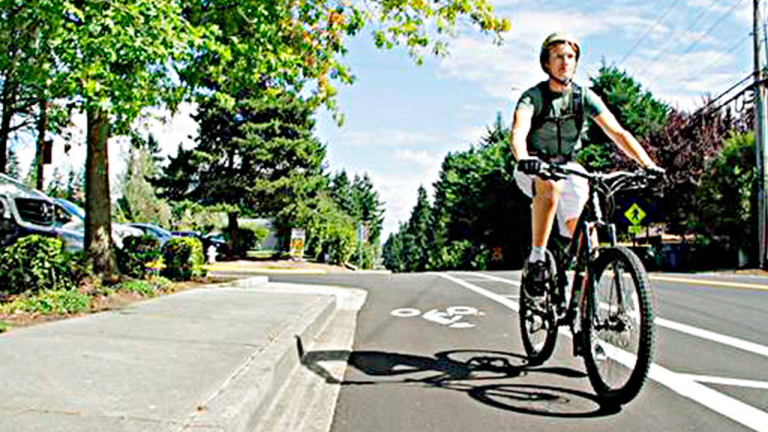The Social Security Administration (SSA) disburses approximately 70 million payments each month, serving not just retirees, but also individuals with disabilities and those who may not have gained sufficient credits due to limited resources. Recently, the SSA has introduced updates to over 50 forms to simplify processes for its beneficiaries. This streamlining includes changes to how certain documents are submitted, making it easier and faster for recipients to complete transactions.
In a recent blog post, the SSA described the introduction of a new feature to facilitate document submission: “We’ve released the eSignature/Upload Documents as an option to submit documents. This new, online service option allows our representatives to electronically request, and our customers to electronically submit, 50 forms and nearly 80 types of evidence. The information we ask you to provide is necessary to process applications and other transactions.”
This move eliminates the need for individuals to physically deliver forms or documents via mail, fax, or in person at Social Security offices. The blog post emphasizes the aim of this new feature, stating, “By streamlining our document submission process and reducing mail, we are improving your experience.”
How the Process Works
To use the new system, the SSA provides a step-by-step guide for individuals. First, a Social Security representative sends a secure link to the customer, requesting the forms or supporting documentation required for their case. The customer is then prompted to log into their My Social Security account or create one if they do not yet have access. Once logged in, the user can review the specific request, complete the necessary forms, add an electronic signature (where required), and upload both the forms and any additional evidence needed.
This system reduces the need for mailing or faxing documents, saving time and effort while minimizing the need to visit a Social Security office. Customers can manage everything online, making the process quicker and more convenient. Additionally, users are provided 30 days to upload the requested documents electronically, with the SSA sending reminders via email as the deadline approaches. Should the electronic request expire, users can contact their local office to have it resent or choose to submit their forms by mail, fax, or in person.
This new feature marks one of many improvements the SSA has made to its system. Beyond the implementation of electronic signatures, they are also transitioning many frequently used forms into an online format. These forms are designed to be user-friendly, fillable directly on the website, and in some cases, no longer require a signature for submission.
Social Security Forms Available for Electronic Signature
At present, more than 30 forms have been adapted for electronic submission, including some of the most common ones utilized by Social Security beneficiaries. These account for about 90% of the forms that customers typically submit when interacting with local offices. Among these forms, the SSA-827, used to authorize the disclosure of information to the Social Security Administration, can now be electronically signed and submitted. Other frequently requested forms available for electronic signature include:
– SSA-820/821, Work Activity Reports
– SSA-632, Request for Waiver of Overpayment Recovery
– SSA-634, Request for Change in Overpayment Recovery Rate
Moreover, many of these forms can be uploaded electronically, further simplifying the submission process. The SSA has also hinted at future plans to remove signature requirements from additional forms to make the process even more convenient for users.
Benefits of the Changes
The changes introduced by the SSA offer numerous benefits to the public. One of the primary advantages is the speed at which claims can be processed. By allowing beneficiaries to electronically submit forms and evidence, the SSA can reduce processing time, which translates into faster access to benefits.
Another advantage is the increased accessibility for individuals who might find it challenging to visit a Social Security office, particularly those in rural areas or with disabilities. These changes make the process more inclusive, allowing beneficiaries to manage their claims from anywhere with an internet connection.
Furthermore, these electronic submissions mitigate the risk of documents being lost in the mail, improving reliability and security. The SSA has emphasized that this process not only accelerates service delivery but also enhances the protection of personal information by keeping sensitive data more secure.




























+ There are no comments
Add yours